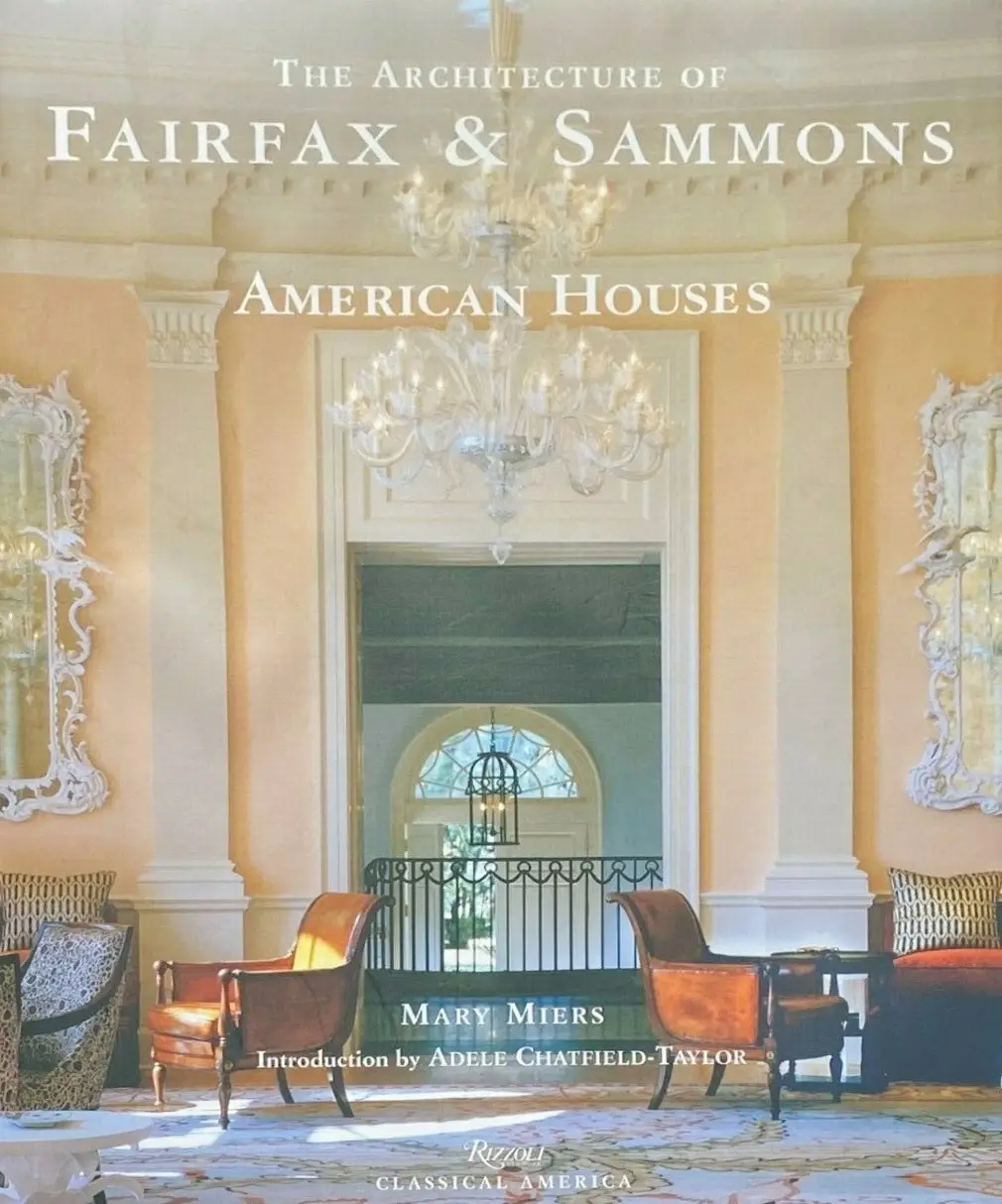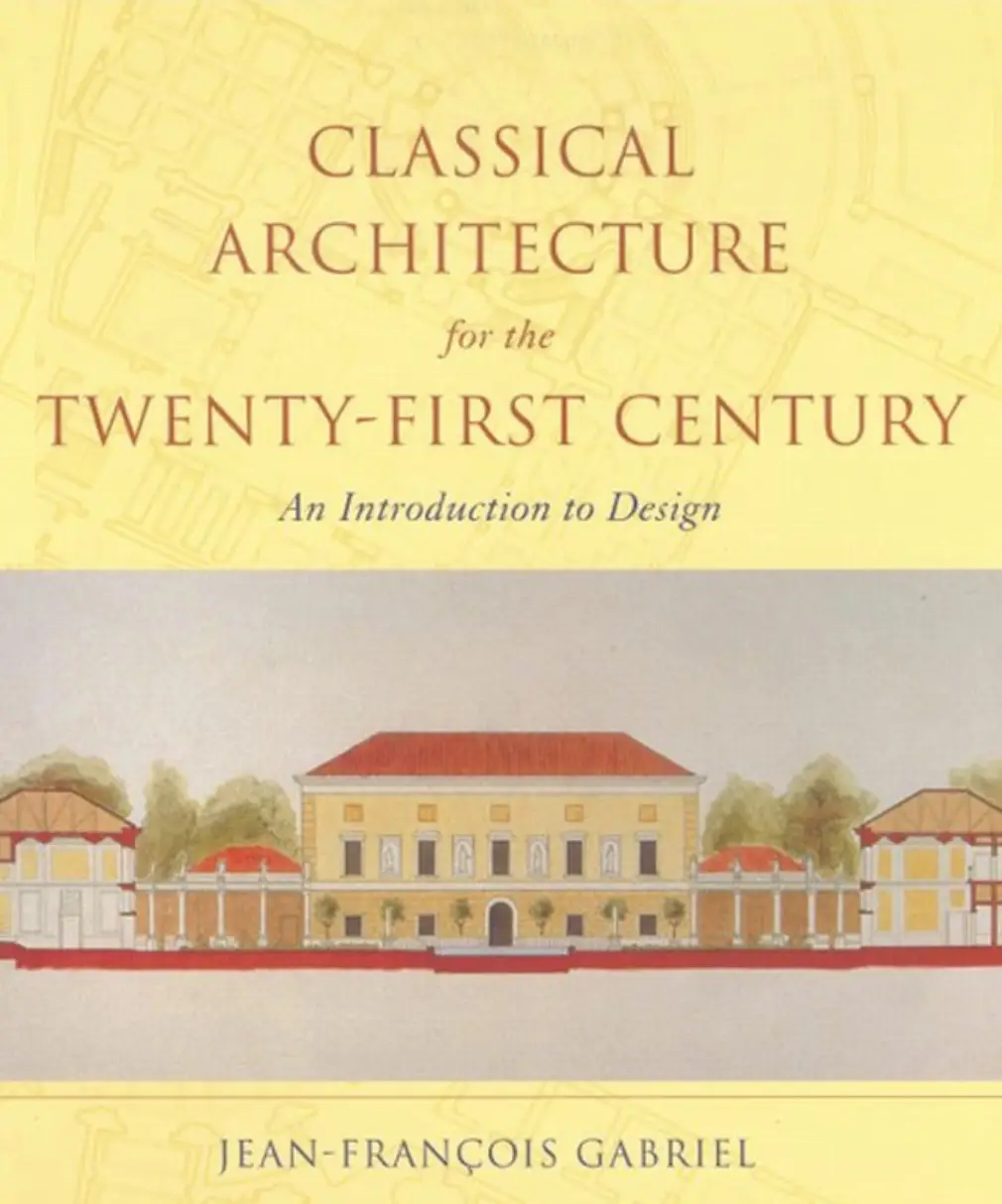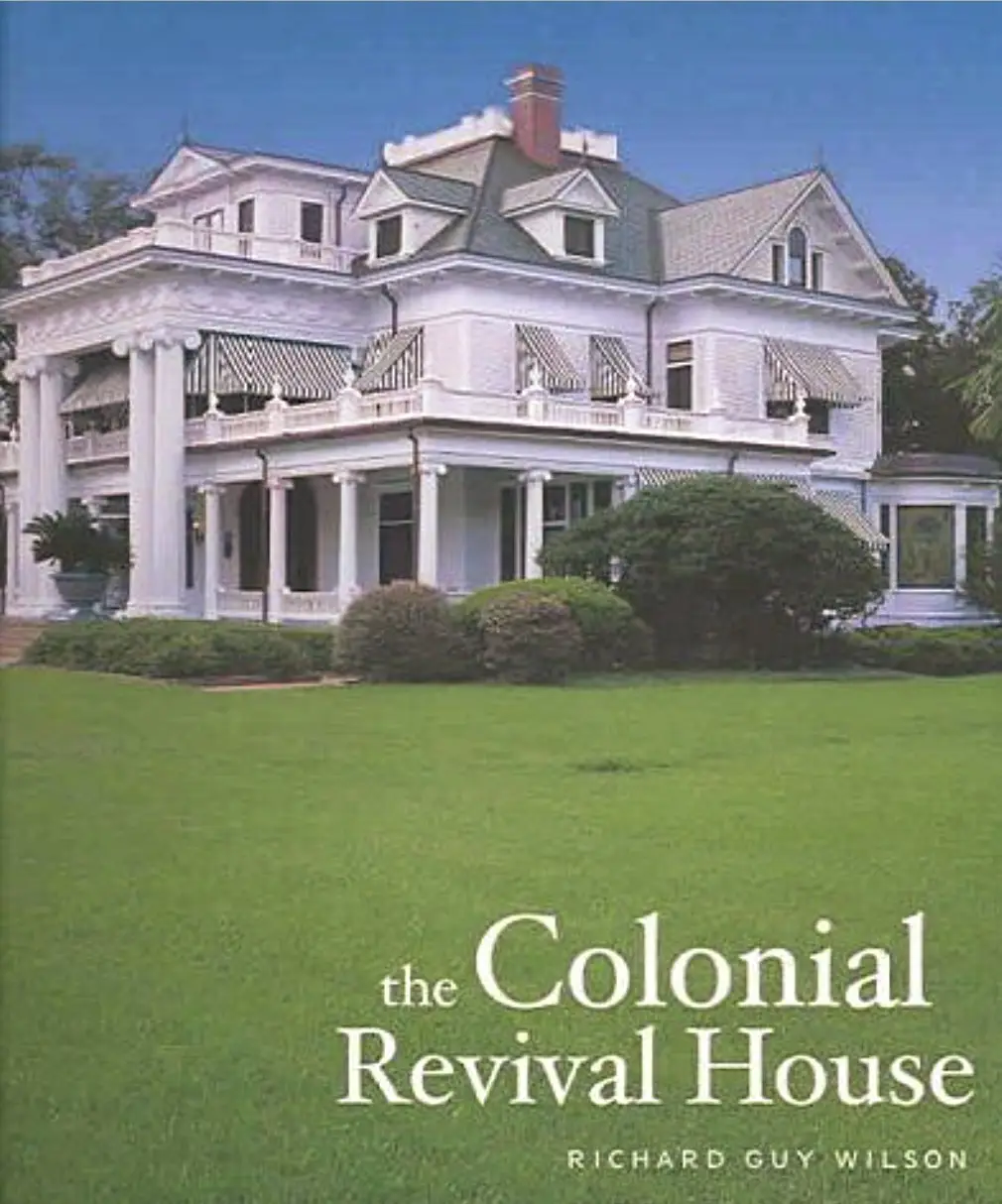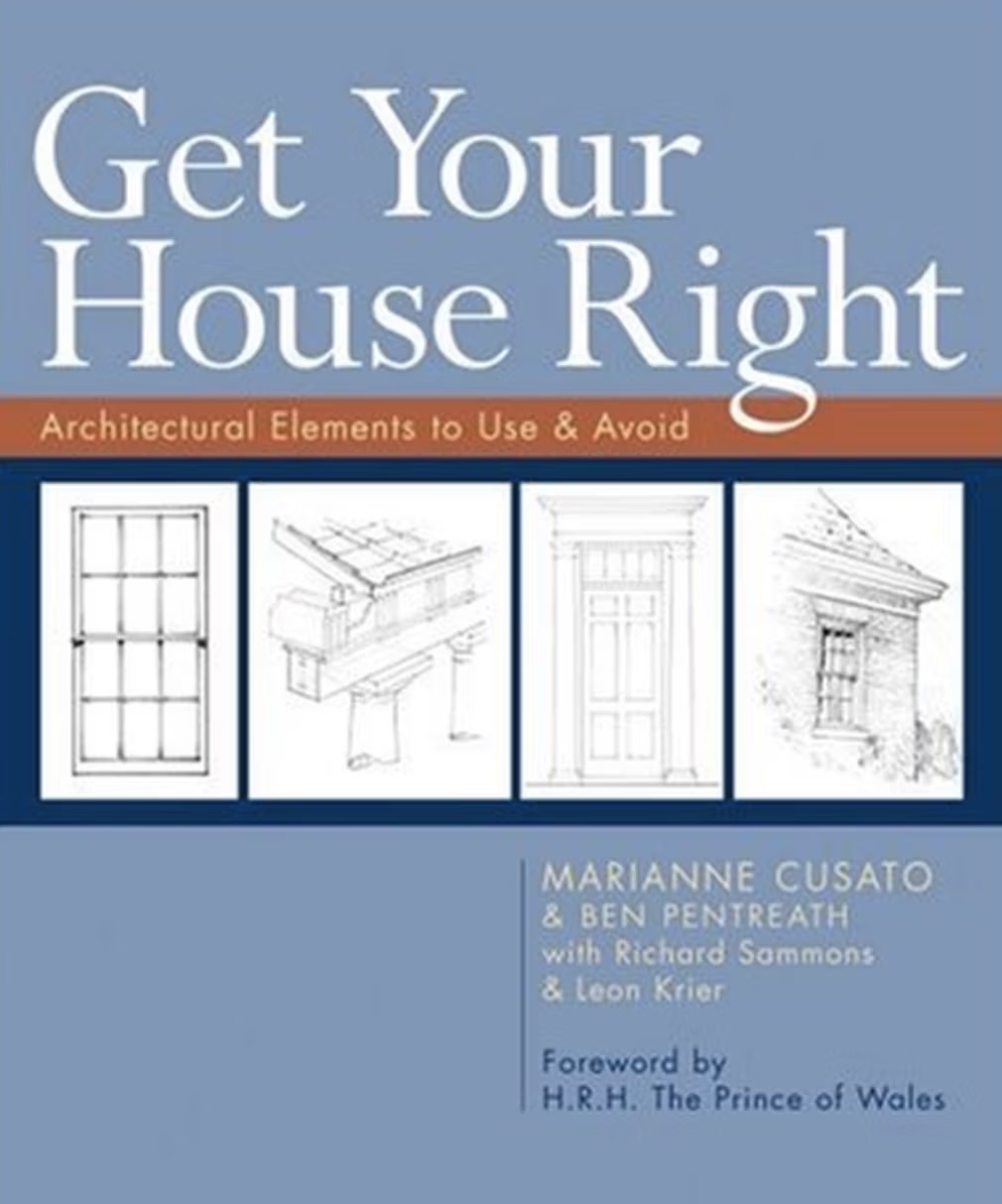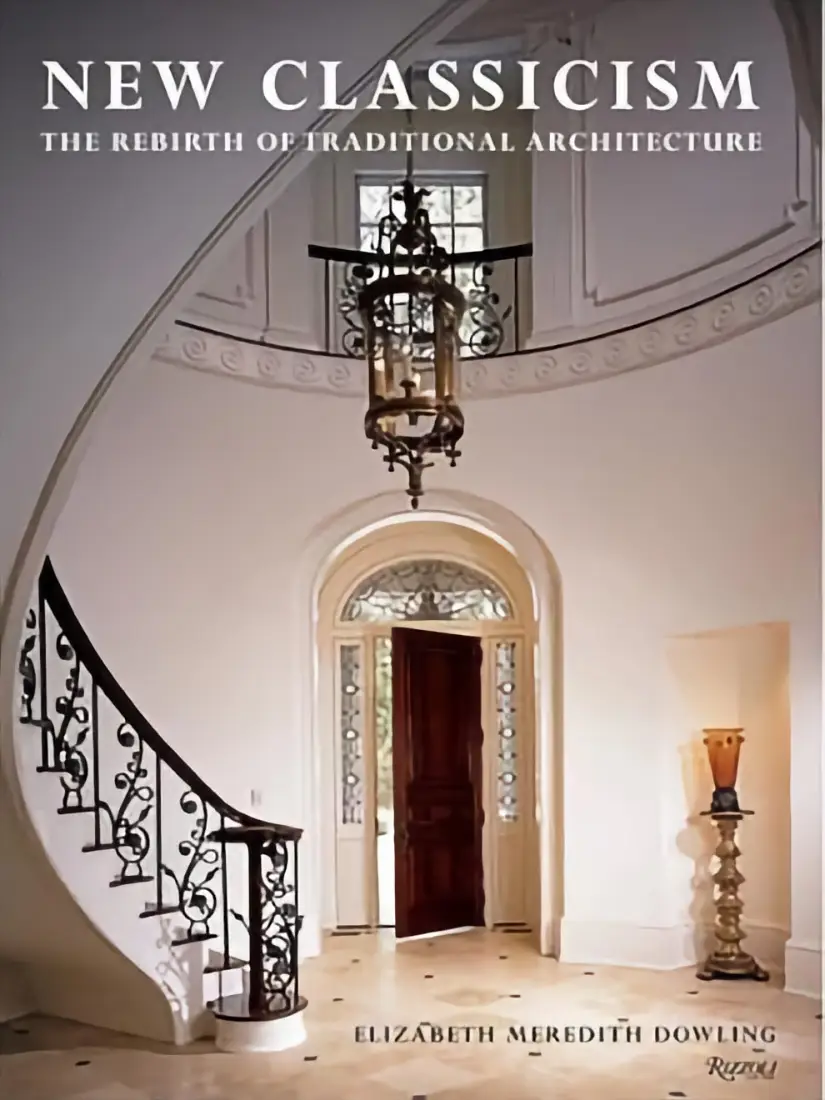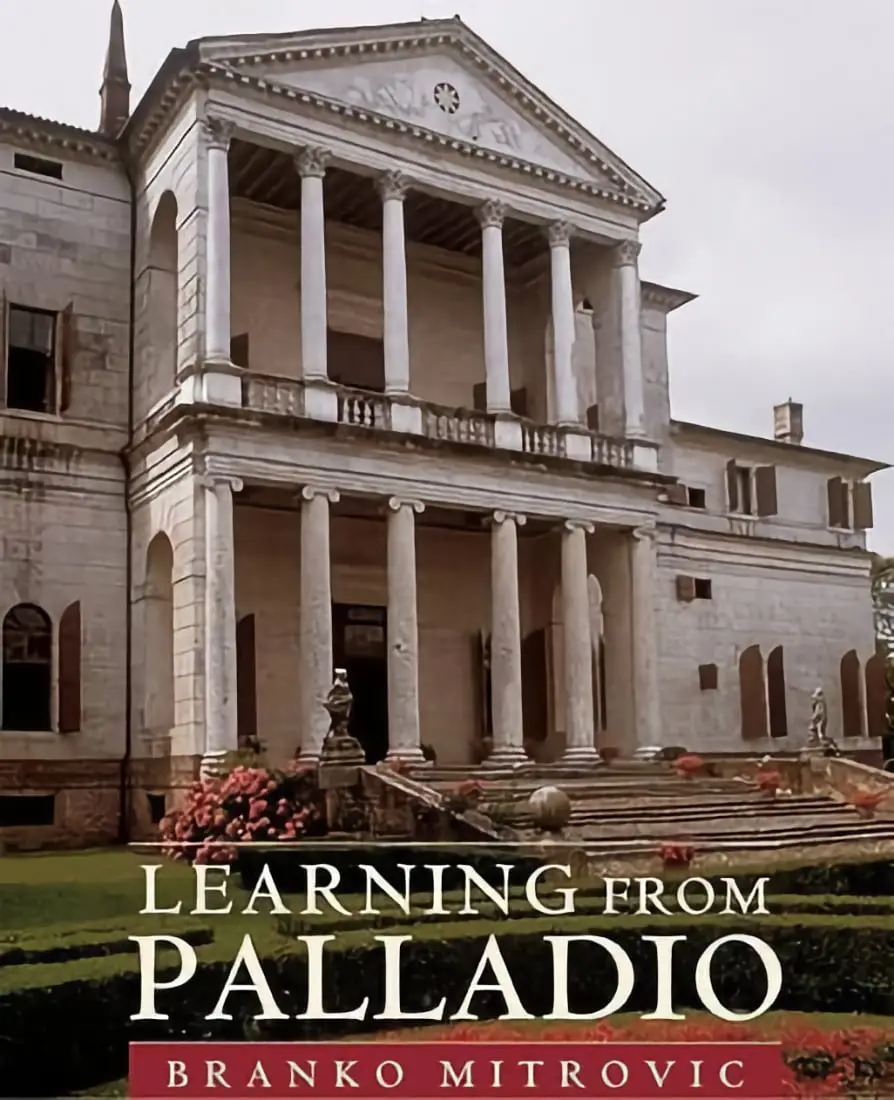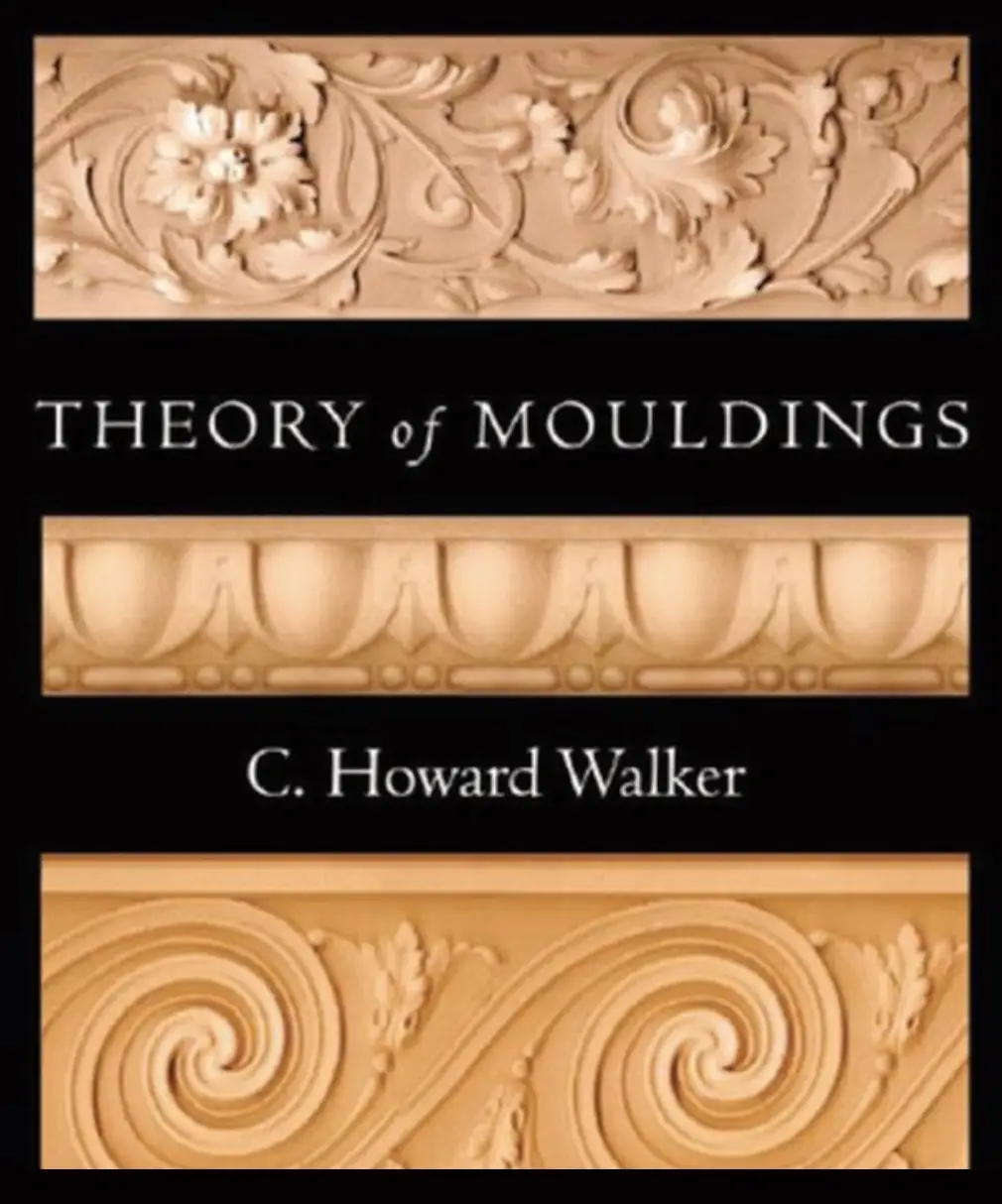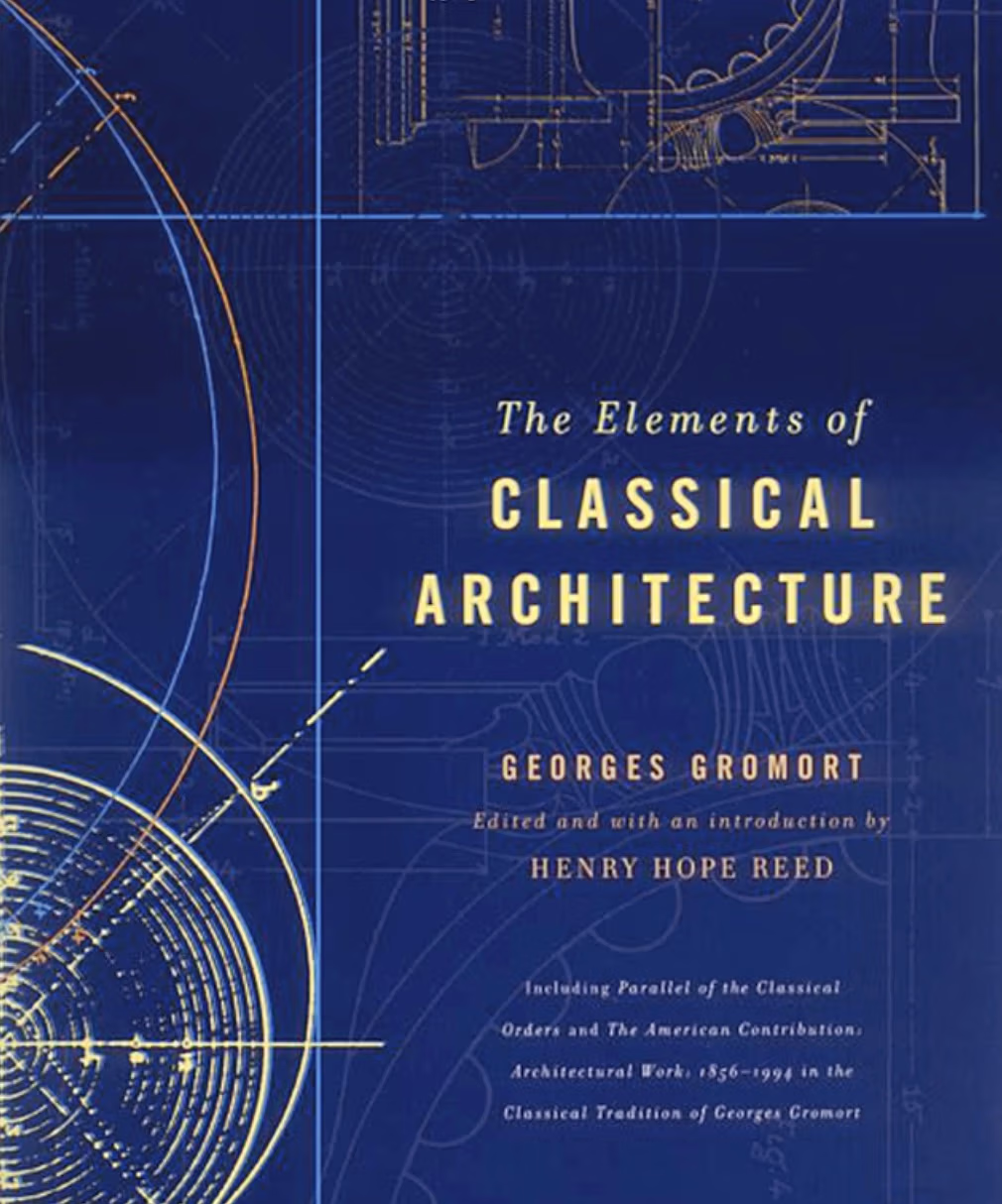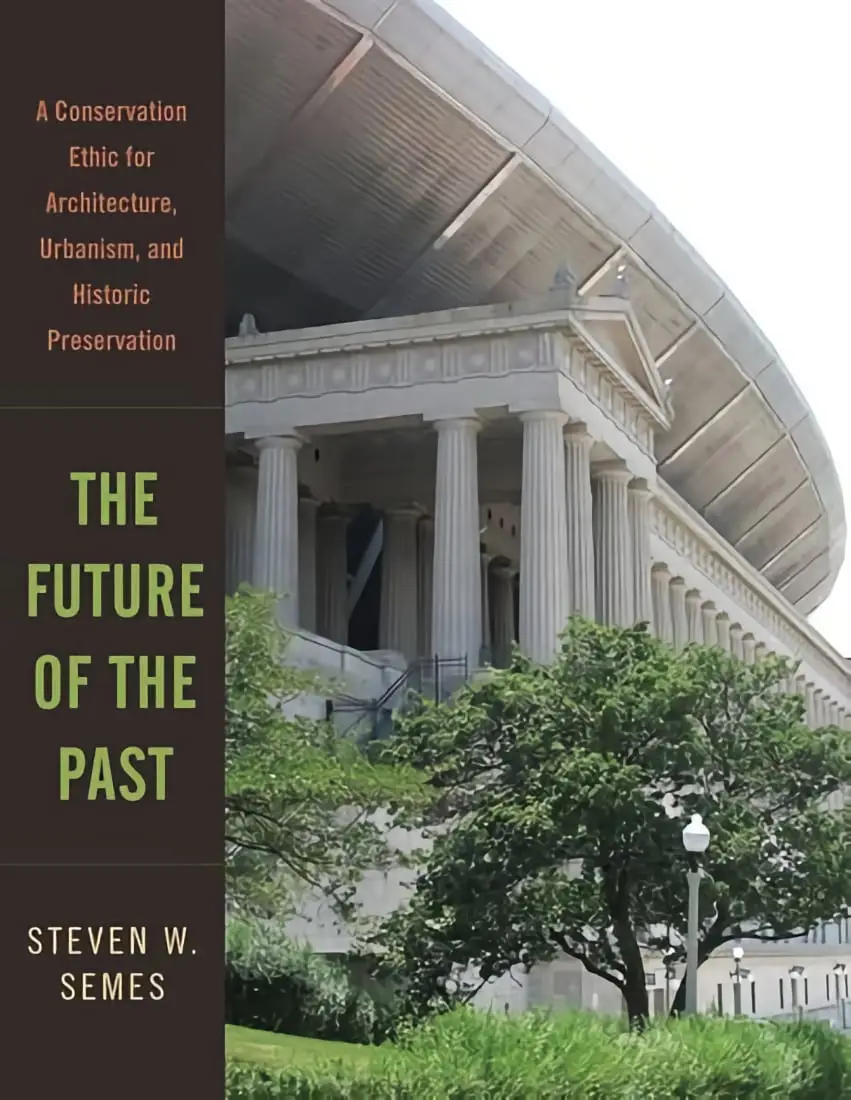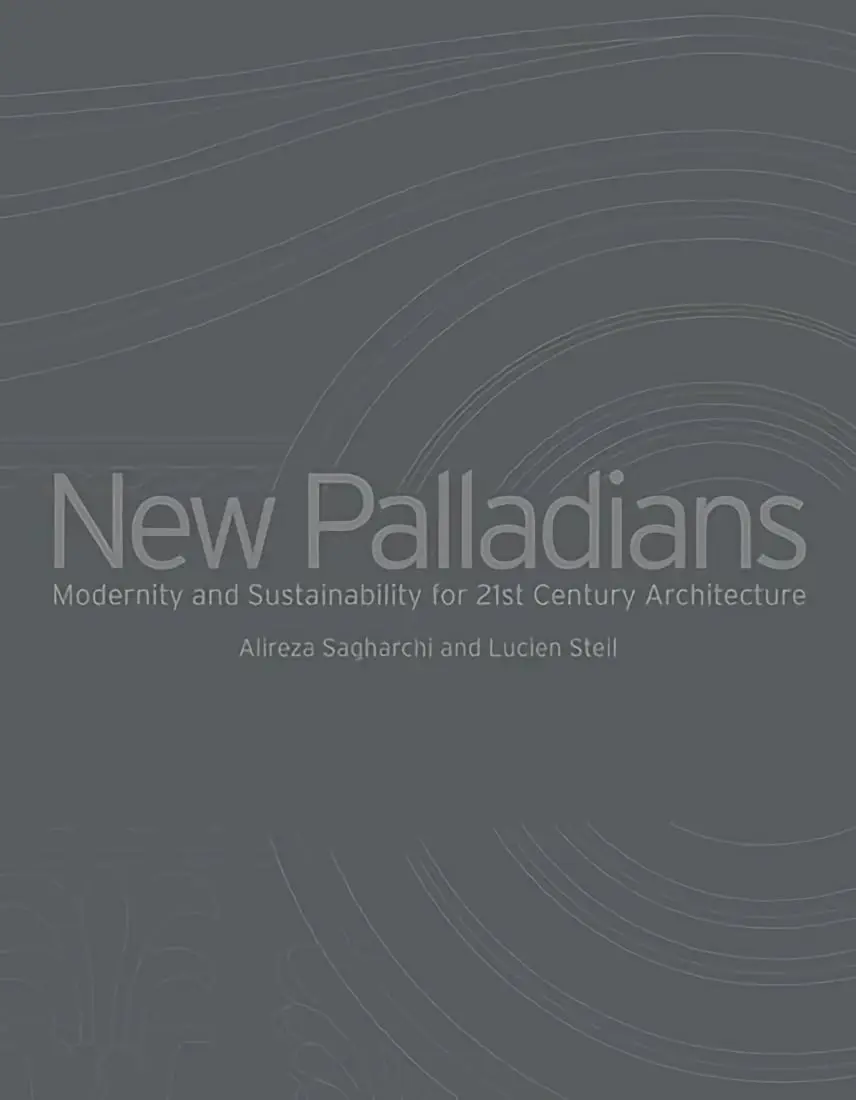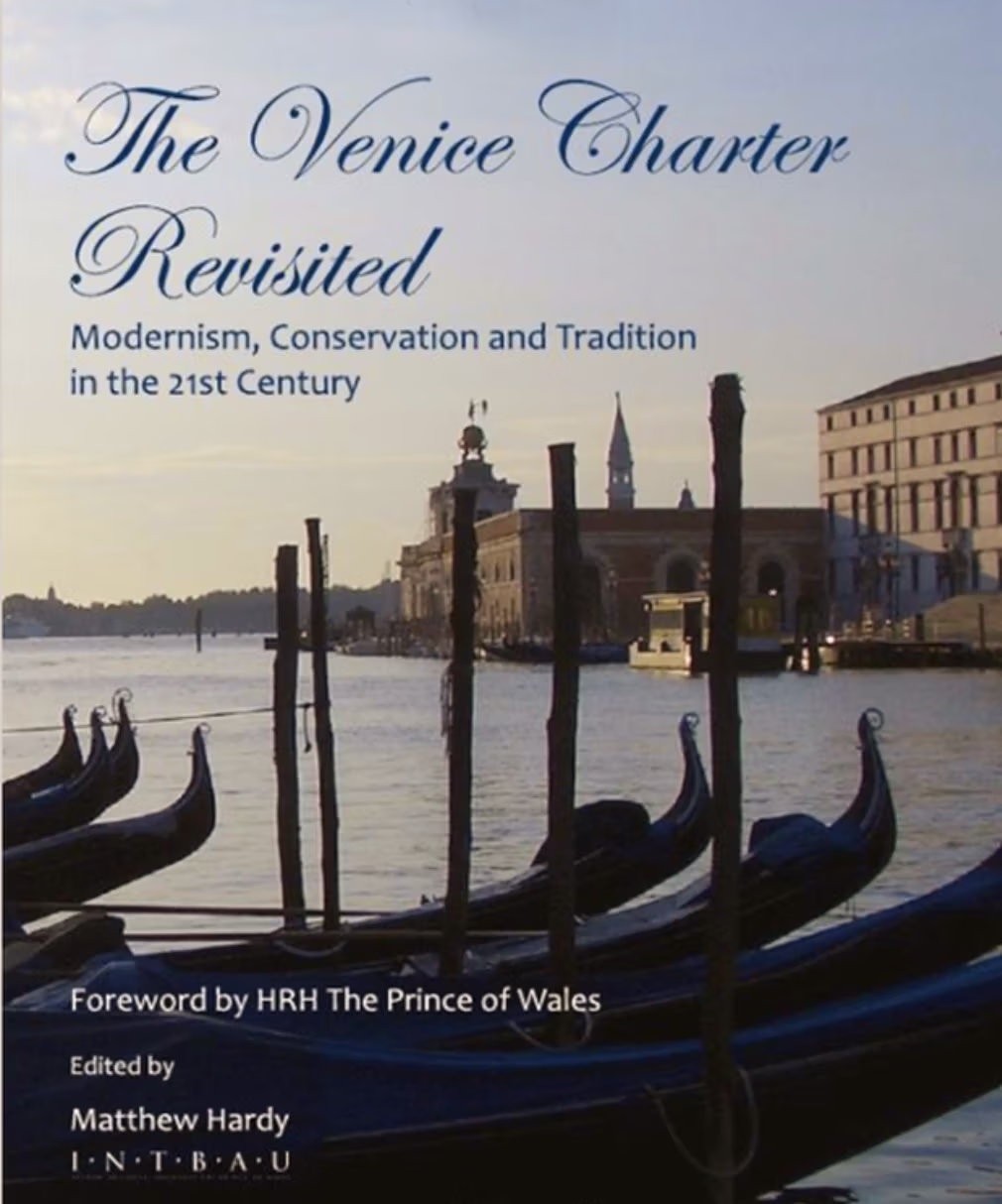Books
“On the one hand, they reveal Americans’ love of comfort and informality; on the other, they capture our upright quality and conservatism. It is rare that architects of their relative youth can have mastered so much.”
– Adele Chatfield-Taylor
American Houses -
The Architecture of Fairfax & Sammons
American Houses, The Architecture of Fairfax & Sammons is a lush pictorial monograph showcasing, in full-color photographs and drawings, the houses, estates, townhouses, and urban design from the firm that has been at the forefront of the classical revival of the last 20 years in architecture and design. As Adele Chatfield- Taylor says of the firm in her introduction to the book, “Along the way, I’ve watched with pleasure as their careers burgeoned and flourished. This book – American Houses – is a perfectly named testimony to what they have accomplished. Thanks to wonderful text and dreamy photographs, it documents their deep feelings for American architecture, character, and style through a sampling of their work.
Classical Architecture For The 21st Century
A practical text for learning how to design buildings in the classical tradition today. An exceptionally approachable, thorough, informative guide to the theory and technique of designing classical buildings, as taught by a graduate of the École des Beaux-Arts. Generously illustrated with sketches, freehand diagrams, renderings, and photographs, this book gives a lively, contemporary reality to what sometimes seems a remote subject. 200 photographs and line drawings.
The Colonial Revival House
A celebration of early American house forms, the Colonial Revival emerged in the late 19th century and was quickly embraced by the American public. It has remained the nation’s style of choice for well over a hundred years, appearing in banks, post offices, schools, libraries, and a majority of suburban homes. Marked by dignified symmetry, large column-supported porticoes, and Palladian windows, Colonial Revival architecture is found in virtually every city across the United States. In this beautiful volume, Richard Guy Wilson, the foremost expert on the subject, leads the reader on a tour of 40 of the finest examples of the Colonial Revival, illustrating its evolution, from its earliest sources, as well as its regional variations. Including exquisite, antique-filled houses by many of America’s greatest domestic architects, from McKim, Mead & White to Robert A.M. Stern, this landmark survey is filled with 275 gorgeous photographs that capture the elegance of this much-loved style.
Get Your House Right: Architectural Elements to Use & Avoid
Richard Sammons used his rich background in traditional period design and his expertise in architectural proportion to contribute to “Get Your House Right”, written by Marianne Cusato, creator of the award winning Katrina Cottages, with Ben Pentreath and Leon Krier. HRH, The Prince of Wales wrote the foreword to this excellent resource for anyone, layperson or professional who wants to design, build or live in a traditionally designed house.
This is a guide through the do’s and don’ts of house design. Even as oversized McMansions continue to elbow their way into tiny lots nationwide, a much different trend has taken shape. This return to traditional architectural principles venerates qualities that once were taken for granted in home design: structural common sense, aesthetics of form, appropriateness to a neighborhood, and even sustainability.
New Classicism: The Rebirth of Traditional Architecture
New Classicism provides an in-depth look at a form of design that appeared lost forever with the rise of modernism in architecture. But now, with an intense revival of interest in classical design, and with the demise in popularity of the subsequent postmodernism, new vigor has infused traditional forms and motifs. Focusing on approximately thirty projects by the best classically oriented firms in the United States and Britain, New Classicism examines this burgeoning new vogue for the many varieties of traditional classical design. The result is a dazzling array of highly disciplined and high-profile classical designs, ranging from the exquisite work of John Blateau and Alan Greenberg’s eighteenth-century-inspired reconfiguration of the interiors of the U.S. State Department to the Nashville public library.
Learning From Palladio
An exploration of the design procedures and methodology of Andrea Palladio, arguably the most influential Renaissance architect. Even when Modernism dimmed interest in classical architecture, Palladio’s opus never ceased to attract attention.
This book sets him in his context; discusses the theory of the orders, proportions, space composition, and facade design; and presents this material for practicing architects and students, so that the ideas can be applied in their architectural work today. 200 illustrations, 16 pages of color.
Theory of Mouldings
Richard Sammons, who is well-known for his broad knowledge in classical design and practical application of architectural proportion, wrote the foreword to the reprint of this volume, originally published in 1926. Theory of Mouldings guides the novice through the whys and wherefores of this little -understood topic through illustrations and text. Originally published in 1926 by C. Howard Walker, professor at M.I.T, the republished volume now includes case studies from the work of Fairfax & Sammons Architects, illustrated through the use of drawings and photographs of the ultimate built work architecture.
As Richard Sammons mentions, the origins of mouldings lie in the desire to refine artistically through light and shade, the necessary elements of construction… and to articulate their connection.” Relevant to designers and practitioners, both modern and classical, no library is complete without it.
The Elements of Classical Architecture
This volume offers an abundant resource for all practitioners and students of architecture and design, and will be an invaluable tool for any education in the arts. “Classcial” Architecture stemming from principles instituted by the ancient Greeks and Romans, represents a system of proportion, form, and use of ornament so central to the art of building that it transcends historic periods.
The Future of The Past: A Conservation Ethic for Architecture, Urbanism, and Historic Preservation
A comprehensive and eloquent argument for “new traditional” architecture that preserves the style and character of historic buildings. With contemporary design being redefined by architects and urbanists who are recovering the historic language associated with traditional architecture and the city, how might preservation change its focus or update its mission? Steven W. Semes makes a persuasive case that context matters and that new buildings and additions to old buildings should be harmonious with their neighbors.
New Palladians - Modernity & Sustainability for 21st Century Architecture
Palladianism is demonstrably something beautiful and practical, as one of the greatest schools in the history of architecture. The recent quincentenary of Andrea Palladio’s birth makes an appraisal of the current state of the classical movement especially apropos. This work, with its widely international scope, examines tradition on all levels, from urbanism to civic buildings and houses. The book itself is of the highest quality featuring beautiful images, critical texts by important architects and theorists, and will make a handsome addition to the library of all lovers of architecture.
Written by Alireza Sagharchi RIBA, FRSA is an internationally renowned architect and is the Principal of Stanhope Gate Architecture + Urban Design based in London. Lucien Steil taught as a visiting professor at many institutions around the world. Published by ArtMedia
Venice Charter Revisited
Anne Fairfax’s contribution to the book, “A Vision for Marion Square, Charleston, South Carolina: A case study for future development within an established historic district,” and Richard Sammons’ essay, The Value of Restoration, Reconstruction, and Creative Additions to Historic Fabric,” outline both in theory and practice their commitment to the reformation of current preservation thought among the distinguished architects and historians who have contributed to the book include Robert Adam, W. Brown Morton III, Steven Semes, and Susan Parnham.
The Venice charter of 1964 was a major step towards better conservation of traditional buildings and places, it has since become the founding of ICOMOS, the organization for professionals in conservation worldwide. However, the requirement of clause 9 that new work ‘must be distinct from the architectural composition and must bear a contemporary stamp’, has been misused to justify clashing new buildings in old places around the world. The results have attracted condemnation by citizens from Sydney to St. Petersburg and beyond, and have prompted UNESCO to reconsider the issue of new buildings in historic urban landscapes.

